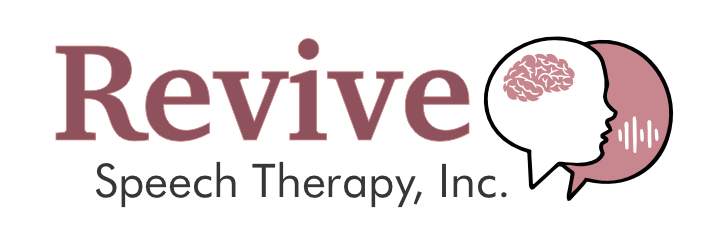Vocal Fold Paralysis
What is Vocal Fold Paralysis?
Vocal fold paralysis (VFP) is a condition characterized by the partial or complete immobility of one of or both vocal folds. This paralysis typically occurs due to damage or dysfunction of the nerves that control the movement of the vocal folds. As a result, the affected vocal fold may not fully close or move properly during speech and breathing.
Symptoms of Vocal Fold Paralysis:
1. Hoarseness: One of the most common symptoms of VFP is hoarseness, where the voice sounds rough, raspy, or breathy.
2. Aphonia: Unable to produce voicing (whisper-like speech)
3. Weakness: Patients may experience weakness or fatigue when speaking for extended periods due to the effort required to compensate for the paralyzed vocal fold.
4. Breathing Difficulty: In some cases, VFP can cause breathing difficulties, especially during physical exertion or while lying down.
5. Voice Fatigue: Speaking may become tiring quickly due to the increased effort needed to produce sounds effectively.
6. Decreased Pitch Range: Patients may notice a limited pitch range in their voice, with difficulty reaching high or low pitches.
Diagnosis of Vocal Fold Paralysis:
Diagnosing VFP typically involves a combination of medical history, physical examination, and specialized tests. Your healthcare provider may perform the following:
1. Medical History: Your healthcare provider will ask about your symptoms, medical history, and any recent surgeries or illnesses that may have contributed to the vocal fold paralysis.
2. Physical Examination: A thorough examination of the throat and vocal folds will be conducted using a laryngoscope, a small tube with a camera attached that is inserted through the nose or mouth.
3. Vocal Fold Imaging: Imaging tests such as laryngeal electromyography (EMG) or laryngeal computed tomography (CT) scans may be performed to assess the structure and function of the vocal folds and surrounding nerves.
The treatment approach for VFP depends on the severity of symptoms and the underlying cause of the paralysis. Treatment options may include:
1. Voice Therapy: Speech therapy with a certified speech-language pathologist can help improve vocal function, reduce hoarseness, and teach compensatory techniques to optimize vocal production.
2. Vocal Fold Injection: Injectable materials such as collagen, hyaluronic acid, or autologous fat can be injected into the paralyzed vocal fold to improve its mobility and enhance vocal quality.
3. Surgical Intervention: Surgical procedures such as medialization thyroplasty or arytenoid adduction may be recommended to reposition the paralyzed vocal fold and restore voice function.
4. Nerve Reinnervation: In some cases, surgical techniques can be used to reinnervate the paralyzed vocal fold by connecting it to nearby functioning nerves, allowing for improved vocal fold movement.
